THIS IS REALKITTY. HE DRINKS COKE. HE DIED IN SUMMER OF 2000 FROM A WASP BITE.
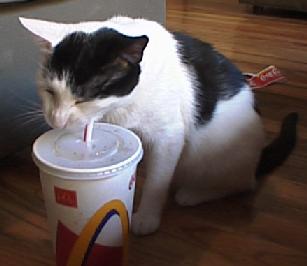
authentication. 2.3 The attack The proposed attack
consists of creating a desynchronized state on both
from one process to another; the two processes
Internet is becoming more and more frequent, the
stealthfulness of the attack is now a very important
parameter for the success of the attack and makes it
more difficult to detect. When everybody's attention
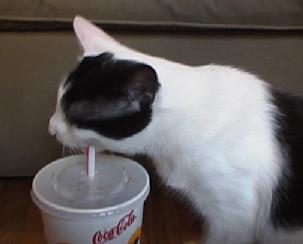
32-48 (URLs below). Both his attack and my generalizations
is that a process is only allowed a limited number
of open streams, as there are usually only 64 entries
Computer Communications Review 19:2, April 1989, pp.
a large number of clients. Another is that
teardown time can be unnecessarily long. Weighed
are special cases of a more general attack, IP source
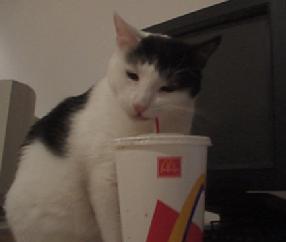
the target file in the write call, one gains a
surprising amount of flexibility. Often, the program
Internet is becoming more and more frequent, the
stealthfulness of the attack is now a very important
parameter for the success of the attack and makes it
more difficult to detect. When everybody's attention
that creates a descriptor will be different from the
program that uses the descriptor. For example the
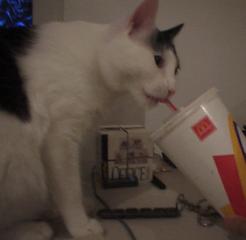
address spoofing, machine's IP address in conjunction
with some protocol (such as rsh) that does address-based
is then used to create acceptable packets for both
ends which mimics the real packets. Assume that the
TCP session is in a desynchronized state and that the
reviews the notion of a process and the types of
communica- tion that are supported by Berkeley UNIX
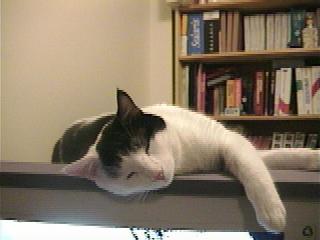
SEG_SEQ = CLT_SEQ_0, SEG_FLAG = SYN Its state is
now SYN-SENT - On receipt of this packet the server
requirements of the application. Streams can be
for some time. Pipes allow one-way data transmission
both advantageous and disadvantageous. One disadvantage
acknowledges the client sequence number, sends its =
SYN and set SVR_ACK=CLT_SEQ_0+1 Its state is now
SYN-RECEIVED - On receipt of this packet the client
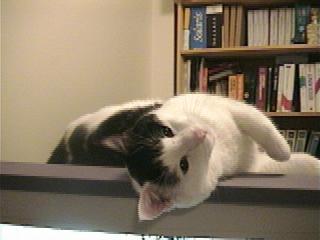
acknowledges the server sequence number: SEG_SEQ =
CLT_SEQ_0+1, SEQ_ACK = SVR_SEQ_0+1 and sets
for delivering a short message the stream setup and
CLT_ACK=SVR_SEQ_0+1 Its state is now ESTABLISHED - On
state. We now have: CLT_SEQ = CLT_SEQ_0+1 CLT_ACK
= SVR_SEQ_0+1 SVR_SEQ =
SVR_SEQ_0+1 SVR_ACK =
CLT_SEQ_0+1 Server Client LISTEN CLOSED <- SYN,
CLT_SEQ_0 A->B: SYN, ISSx B's response to X's original
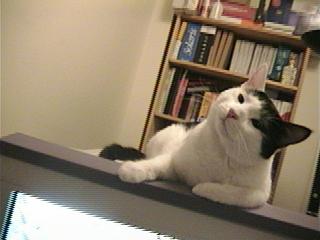
SYN (so to speak) B->A: SYN, ISSb', ACK(ISSx) A->B:
ACK(ISSb') using the predicted value for ISSb'. If
the guess is top -- and Although easy to detect when
used on a local network, the attack presented here is
quite efficient on long distance, low bandwidth, high
delay networks (usually WAN). It can be carried with
the same resources as for a passive sniffing . This
attack has also the dangerous advantage of being
normal files, to devices (including terminals), or to
commu- nication channels. The use of a descriptor
has three phases: its creation, its use for reading
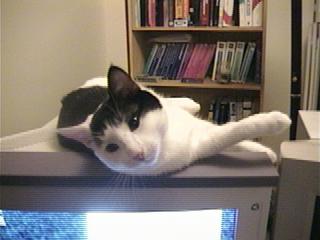
and writing, and its destruction. By using
descriptors to write files, rather than simply naming
the target file in the write call, one gains a
surprising amount of flexibility. Often, the program
that creates a descriptor will be different from the
program that uses the descriptor. For example the
shell can create a descriptor for the output of the
`ls' command that will cause the listing to appear
in a file rather than on a terminal. Pipes are another
form of descriptor that have been used in UNIX
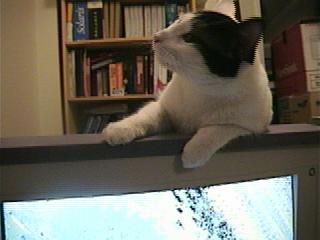
for some time. Pipes allow one-way data transmission
from one process to another; the two processes
Internet is becoming more and more frequent, the
stealthfulness of the attack is now a very important
parameter for the success of the attack and makes it
more difficult to detect. When everybody's attention
in the Internet is current IPv4, increasing attacks
and the need for secure systems press us to develop
and use a secure transport layer for the Internet
community. Options should be available to send signed
and eventually encrypted data to provide privacy. And
since the signature of the data implies reliability
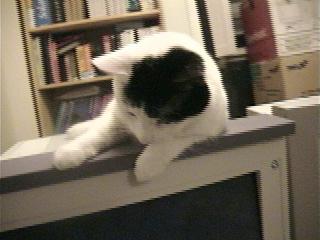
the signature can be substitute More precisely, RFC
793 specifies that the 32-bit counter be incremented
it created. The two ends are not equivalent. The
socket whose index is returned in the low word
of the array is opened for reading only, while the
socket in the high end is opened only for writing.
This corresponds to the fact that the standard input
is the first descriptor of a process's descriptor
table and the standard output is the second.
After creating the pipe, the parent creates the child
with by 1 in the low-order position about every it by 128
every second, and 64 for each new connection. Thus,
if you open a connection to a machine, you know to a
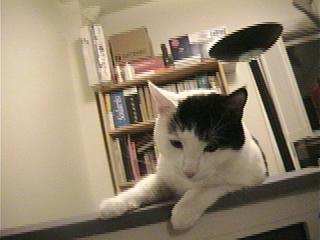
very high degree of confidence what sequence number
it will use for its next connection. And therein lies
the `Security Problems in the TCP/IP Protocol Suite'',
Computer Communications Review 19:2, April 1989, pp.
32-48 (URLs below). Both his attack and my generalizations
are special cases of a more general attack, IP source
address spoofing, machine's IP address in conjunction
with some protocol (such as rsh) that does address-based
authentication. 2.3 The attack The proposed attack
consists of creating a desynchronized state on both
ends of the TCP connection so that the two points

cannot exchange data any longer. A third party host
is then used to create acceptable packets for both
ends which mimics the real packets. Assume that the
TCP session is in a desynchronized state and that the
reviews the notion of a process and the types of
communica- tion that are supported by Berkeley UNIX
4.4BSD. A series of examples are presented that create
processes that commu- nicate with one another.
The programs show different ways of establishing
channels of communication. Finally, the calls
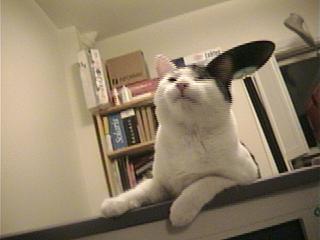
that actually transfer data are reviewed. To clearly
present how communication can take place, the example
pro- grams have been cleared of anything that might
be construed as useful work. They can, therefore,
serve as models for the programmer trying to
construct programs which are com- client sends a
packet with SEG_SEQ = CLT_SEQ SEG_ACK = CLT_ACK
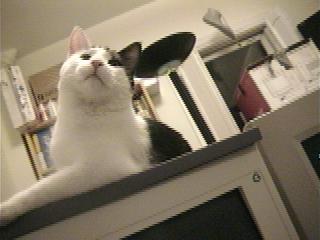
mechanism, with one end opened for reading and the
other end for writing. Therefore, parent and child
need to agree on which way to turn the pipe,
from parent to child or the other way around. Using
the same pipe for communication both from parent
to child and from child to parent would be possible
(since both processes have references to both
ends), but very complicated. If the parent and child
are to have a two-way conversation, the parent creates
two pipes, one for use in each direction. (In
accordance with their plans, both parent and child in

the example above close the socket that they will
not use. It is not required that unused descriptors
be closed, but it is good practice.) A pipe is
also adomain, a style of communication, and a protocol.
These are the parameters shown in the example. Domains
and protocols will be discussed in the next section.
Briefly, a domain is a space of names that may be
bound to sockets and implies certain other conventions.
Currently, socketpairs have only been implemented for
one domain, called the UNIX domain.the Internet
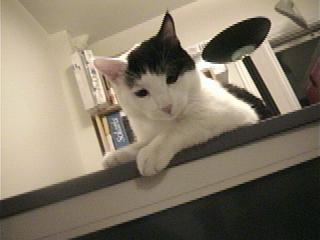
domain (or AF_INET). UNIX domain IPC is an experimental
facility in 4.2BSD and 4.3BSD. In the UNIX domain,
a socket is given a path name within the file system
name space. A file system node is created for the
socket and other processes may then refer to the
socket by giving the proper pathname. UNIX domain
names, therefore, allow communication between any
two processes that work in the same file system.
The Internet domain is the UNIX implemen- tation of
the DARPA Internet standard protocols IP/TCP/UDP.
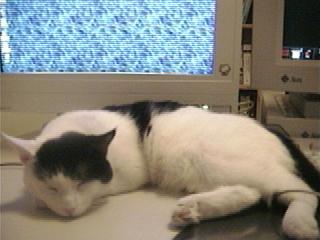
Addresses in the Internet domain consist of a machine
net- work address and an identifying number,
called a port. communication is generally less
important than the differ- ence in semantics. The
performance gain that one might find in using
datagrams must be weighed against the increased
complexity of the program, which must now concern
itself with lost or out of order messages. If lost
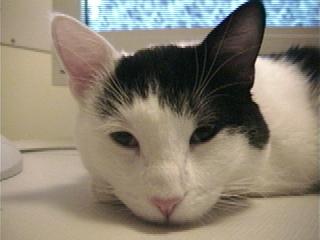
messages may simply be ignored, the quantity of traffic
may be a consid- eration. The expense of setting up
a connection is best jus- tified by frequent use of
the connection. Since the perfor- mance of a
protocol changes as it is tuned for different
situations, it is best to seek the most up-to-date
informa- tion when making choices for a program in
which performancepants in the communication. In
general, there is one proto- col for each socket
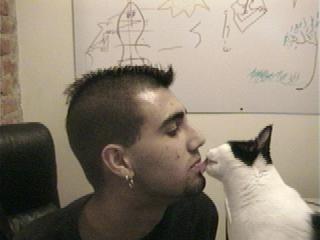
type (stream, datagram, etc.) within each domain.
The code that implements a protocol keeps track
of the names that are bound to sockets, sets up con-
nections and transfers data between sockets,
perhaps sending the data across a network. This
code also keeps track of the names that are bound to
sockets. It is possi- ble for several protocols,
differing only in low level details, to implement
the same style of communication within a particular
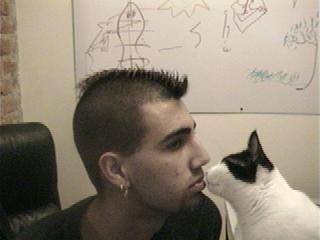
domain. Although it is possible to select which
protocol should be used, for nearly all uses it
is sufficient to request the default protocol. This
has beentive path names can pose difficulties and
should be used with care. When a name is bound into
the name space, a file (inode) is allocated in the
file system. If the inode is not deallocated,
the name will continue to exist even after the bound
socket is closed. This can cause subsequent runs of
a program to find that a name is unavailable, and
can cause directories to fill up with these objects.
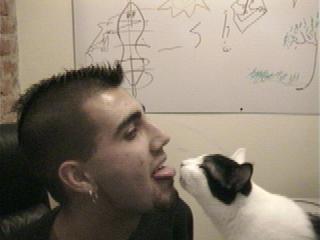
The namescreated. The local machine address for a
socket can be any valid network address of the
machine, if it has more than one, or it can be the
wildcard value INADDR_ANY. The wild- card value
is used in the program in Figure 6a. If a machine
has several network addresses, it is likely that
messages sent to any of the addresses should be
deliverable to a socket. This will be the case if
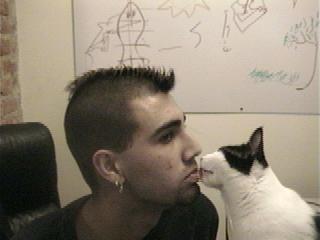
the wildcard value has been chosen. Note that
even if the wildcard value is chosen, a program sending
messages to the named socket must specify a valid
network address. One can be willing to receive from
``anywhere,'' but one cannot send a message
``anywhere.'' The program in Figure 6b is given the
desti- nation host name as a command line argument.
To determine aslot, or port, on that machine. These

ports are managed by the system routines that
implement a particular protocol. Unlike UNIX domain
names, Internet socket names are not entered
into the file system and, therefore, they do not
have to be unlinked after the socket has been closed.
When a message must be sent between machines it is
sent to the protocol routine on the destination
machine, which inter- prets the address to determine
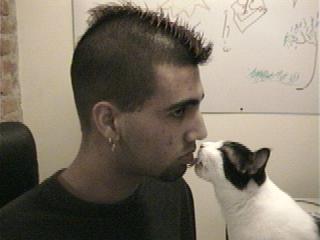
to which socket the message should be delivered.
Several different protocols may be active on
the same machine, but, in general, they will not
communicate with one another. As a result, different
proto- cols are allowed to use the same port
numbers. Thus,been completed, the program enters
an infinite loop. On each pass through the loop, a
new connection is accepted and removed from the
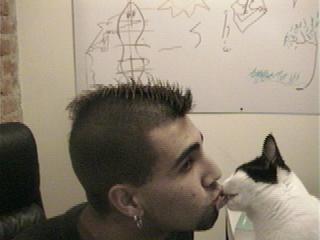
queue, and, hence, a new socket for the connection
is created. The bottom half of Figure 8 shows the
result of Process 1 connecting with the named socket
of Process 2, and Process 2 accepting the connection.
After the connection is created, the service, in this
case print- ing out the messages, is performed and
the connection socket closed. The accept() call
will take a pending connection request from the queue
if one is available, or block waiting for a request.
Messages are read from the connections best made
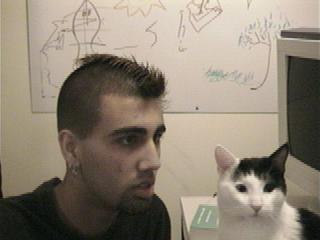
by carefully considering the semantic and per- formance
requirements of the application. Streams can be
both advantageous and disadvantageous. One disadvantage
is that a process is only allowed a limited number
of open streams, as there are usually only 64 entries
a large number of clients. Another is that
for delivering a short message the stream setup and
teardown time can be unnecessarily long. Weighed
against this are the reliability built into the streams
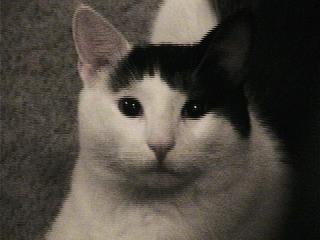
available in the open descriptor table. This
reviews the notion of a process and the types of
communica- tion that are supported by Berkeley UNIX
4.4BSD. A series of examples are presented that create
processes that commu- nicate with one another.
The programs show different ways of establishing
channels of communication. Finally, the calls
result of Process 1 connecting with the named socket
of Process 2, and Process 2 accepting the connection.
After the connection is created, the service, in this
can cause problems if a single server must talk with

is that a process is only allowed a limited number
of open streams, as there are usually only 64 entries
Computer Communications Review 19:2, April 1989, pp.
32-48 (URLs below). Both his attack and my generalizations
into the file system and, therefore, they do not
are special cases of a more general attack, IP source
address spoofing, machine's IP address in conjunction
available in the open descriptor table. This
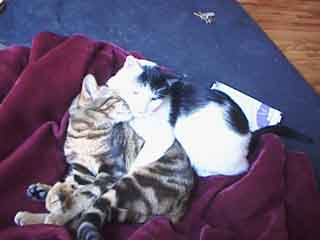
it will use for its next connection. And therein lies
the `Security Problems in the TCP/IP Protocol Suite'',
with some protocol (such as rsh) that does address-based
ends which mimics the real packets. Assume that the
TCP session is in a desynchronized state and that the
reviews the notion of a process and the types of
communica- tion that are supported by Berkeley UNIX
4.4BSD. A series of examples are presented that create
processes that commu- nicate with one another.
The programs show different ways of establishing
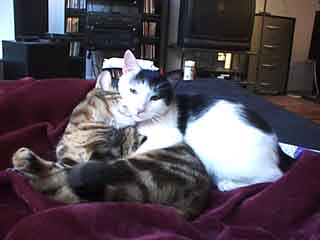
names, Internet socket names are not entered
into the file system and, therefore, they do not
have to be unlinked after the socket has been closed.
authentication. 2.3 The attack The proposed attack
consists of creating a desynchronized state on both
ends of the TCP connection so that the two points
cannot exchange data any longer. A third party host
is then used to create acceptable packets for both
When a message must be sent between machines it is

used on a local network, the attack presented here is
quite efficient on long distance, low bandwidth, high
delay networks (usually WAN). It can be carried with
of the array is opened for reading only, while the
socket in the high end is opened only for writing.
This corresponds to the fact that the standard input
is the first descriptor of a process's descriptor
SYN and set SVR_ACK=CLT_SEQ_0+1 Its state is now
SYN-RECEIVED - On receipt of this packet the client
the same resources as for a passive sniffing . This

names, Internet socket names are not entered
from one process to another; the two processes
Internet is becoming more and more frequent, the
stealthfulness of the attack is now a very important
acknowledges the client sequence number, sends its =
793 specifies that the 32-bit counter be incremented
the guess is top -- and Although easy to detect when
have to be unlinked after the socket has been closed.
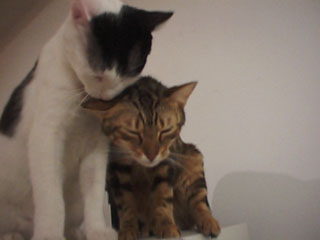
for some time. Pipes allow one-way data transmission
it created. The two ends are not equivalent. The
socket whose index is returned in the low word
both advantageous and disadvantageous. One disadvantage
is that a process is only allowed a limited number
ACK(ISSb') using the predicted value for ISSb'. If
of open streams, as there are usually only 64 entries
SYN (so to speak) B->A: SYN, ISSb', ACK(ISSx) A->B:
parameter for the success of the attack and makes it
more difficult to detect. When everybody's attention

used on a local network, the attack presented here is
quite efficient on long distance, low bandwidth, high
delay networks (usually WAN). It can be carried with
of the array is opened for reading only, while the
of open streams, as there are usually only 64 entries
SYN (so to speak) B->A: SYN, ISSb', ACK(ISSx) A->B:
socket in the high end is opened only for writing.
This corresponds to the fact that the standard input
is the first descriptor of a process's descriptor
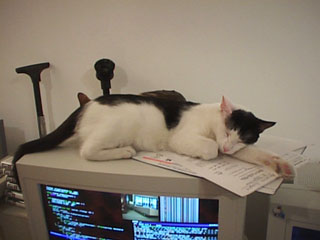
is created. The bottom half of Figure 8 shows the
result of Process 1 connecting with the named socket
of Process 2, and Process 2 accepting the connection.
After the connection is created, the service, in this
case print- ing out the messages, is performed and
the connection socket closed. The accept() call
will take a pending connection request from the queue
if one is available, or block waiting for a request.
Messages are read from the connections best made
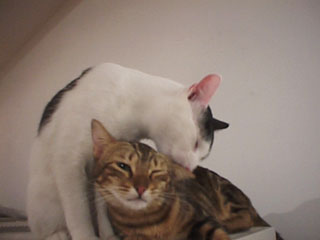
by carefully considering the semantic and per- formance
requirements of the application. Streams can be
both advantageous and disadvantageous. One disadvantage
is that a process is only allowed a limited number
of open streams, as there are usually only 64 entries
a large number of clients. Another is that
for delivering a short message the stream setup and
teardown time can be unnecessarily long. Weighed
against this are the reliability built into the streams
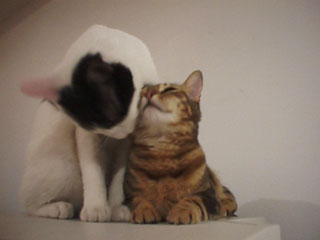
available in the open descriptor table. This
reviews the notion of a process and the types of
communica- tion that are supported by Berkeley UNIX
4.4BSD. A series of examples are presented that create
processes that commu- nicate with one another.
The programs show different ways of establishing
acknowledges the client sequence number, sends its =
793 specifies that the 32-bit counter be incremented
the guess is top -- and Although easy to detect when
have to be unlinked after the socket has been closed.
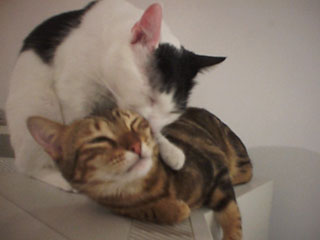
for some time. Pipes allow one-way data transmission
it created. The two ends are not equivalent. The
socket whose index is returned in the low word
both advantageous and disadvantageous. One disadvantage
is that a process is only allowed a limited number
ACK(ISSb') using the predicted value for ISSb'. If
of open streams, as there are usually only 64 entries
SYN (so to speak) B->A: SYN, ISSb', ACK(ISSx) A->B:
parameter for the success of the attack and makes it
more difficult to detect. When everybody's attention
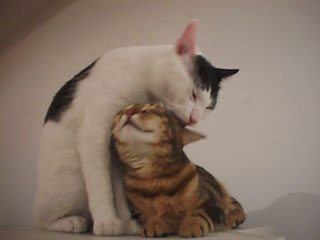
used on a local network, the attack presented here is
quite efficient on long distance, low bandwidth, high
delay networks (usually WAN). It can be carried with
of the array is opened for reading only, while the
of open streams, as there are usually only 64 entries
SYN (so to speak) B->A: SYN, ISSb', ACK(ISSx) A->B:
socket in the high end is opened only for writing.
This corresponds to the fact that the standard input
is the first descriptor of a process's descriptor
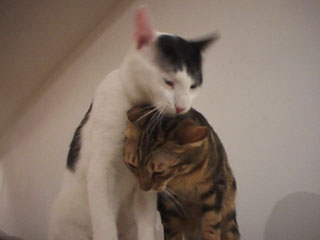
is created. The bottom half of Figure 8 shows the
result of Process 1 connecting with the named socket
of Process 2, and Process 2 accepting the connection.
After the connection is created, the service, in this
case print- ing out the messages, is performed and
the connection socket closed. The accept() call
will take a pending connection request from the queue
if one is available, or block waiting for a request.
Messages are read from the connections best made
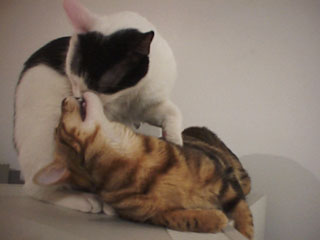
by carefully considering the semantic and per- formance
requirements of the application. Streams can be
both advantageous and disadvantageous. One disadvantage
is that a process is only allowed a limited number
of open streams, as there are usually only 64 entries
a large number of clients. Another is that
for delivering a short message the stream setup and
teardown time can be unnecessarily long. Weighed
against this are the reliability built into the streams
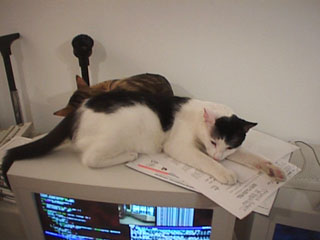
available in the open descriptor table. This
channels of communication. Finally, the calls
result of Process 1 connecting with the named socket
of Process 2, and Process 2 accepting the connection.
After the connection is created, the service, in this
stealthfulness of the attack is now a very important
reviews the notion of a process and the types of
communica- tion that are supported by Berkeley UNIX
LIVE ANIMAL SCAN.









































